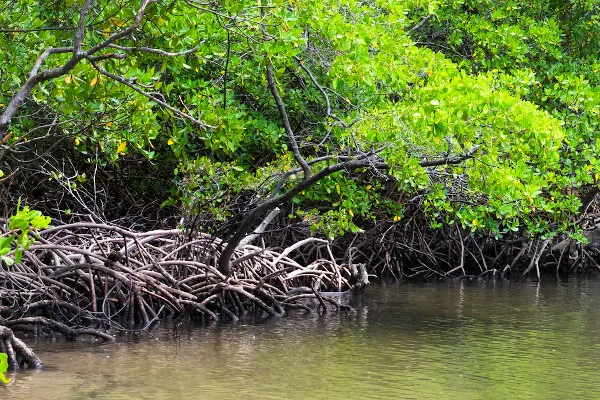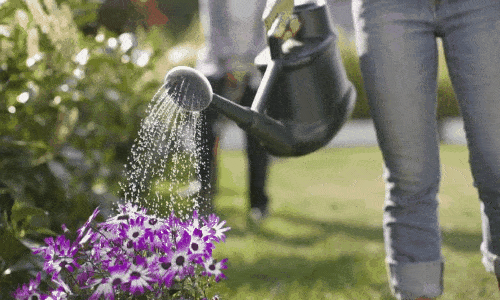Adverts
The conclave, an event full of symbolism and tradition, arouses the curiosity of millions around the world. This ancient process of the Catholic Church is responsible for choosing the spiritual leader who will guide more than a billion faithful.
What many people don't know is that, in addition to the ceremonial observed, there is a complexity of procedures and rituals that take place behind closed doors.
Adverts
Within the walls of the Sistine Chapel, amid frescoes that have witnessed centuries of history, the cardinals gather for a singular task: to elect the next Pope.
But what actually happens during these decisive days? Who are the main influencers in the deliberations? And what are the strategies and alliances that could change the course of the papal election?
Adverts
This text will unravel the enigma of the conclave, from the meticulous preparations to the final stages of the papal election.
The protocols, centuries-old traditions and political nuances surrounding each secret vote will be covered, revealing little-known details that are rarely brought to the attention of the general public.
Furthermore, the analysis will include a critical look at how the current context of the Church and external pressures may influence this important decision.
The impact of social changes and the expectations of believers around the world will be considered, providing a broader understanding of the relevance of this event.
Understanding the conclave is to delve into a universe of faith, power and mystery.
Get ready to explore the behind-the-scenes of this unique election, where tradition and modernity intertwine in one of the most fascinating and enigmatic processes in contemporary religious history.
The Meaning of Conclave
The conclave is one of the most enigmatic and revered events in the tradition of the Catholic Church. This secret and solemn ritual occurs after the death or resignation of a Pope, and is the way in which a new leader is chosen to guide the faithful. The word “conclave” comes from the Latin “cum clave,” meaning “with a key,” symbolizing the absolute secrecy required for this event. This seclusion ensures that the deliberations are conducted without outside influence, ensuring that the choice is genuinely spiritual.
Historically, the conclave is a process that has evolved over the centuries. Initially, papal elections were conducted in a less structured manner, but over time, strict rules were established to ensure the purity and security of the process. Today, the conclave takes place in the Sistine Chapel in the Vatican, a place of inestimable beauty and spiritual significance. During the conclave, the cardinal electors are housed in special accommodations within the Vatican, known as the Domus Sanctae Marthae, to prevent any contact with the outside world.
The Conclave Participants
The conclave is composed exclusively of cardinals of the Catholic Church who are under 80 years of age on the day the Apostolic See becomes vacant. These cardinals are known as cardinal electors. The total number of cardinal electors is limited to 120, a rule established by Pope Paul VI in 1970. However, it is possible that this number may be adjusted slightly, depending on the circumstances.
The diversity among the cardinals is a reflection of the universality of the Catholic Church. They come from different parts of the world, bringing with them a wide range of experiences and perspectives. This aspect is essential, as it helps to ensure that the selection of the new Pope is sensitive to the needs of the global Church. The cardinals, therefore, not only represent their own regions, but also contribute their personal and spiritual insights to the election process.
The Proceedings of the Conclave
The conclave follows a series of rigorous procedures designed to ensure the integrity of the election process. First, the cardinals gather for a special Mass known as the “Missa Pro Eligendo Papa” in St. Peter’s Basilica. After the Mass, the cardinals proceed in procession to the Sistine Chapel, where the conclave officially begins.
Inside the chapel, solemn promises of secrecy and commitment to the good of the Church are made. Once the cardinals are seated, all doors are closed and complete isolation begins. The voting process is done in secret and involves several rounds of scrutiny. At each round, the cardinals write the name of their candidate on a special piece of paper and place it in a ballot box. If no candidate receives a two-thirds majority of the votes, new scrutiny is held.
The Role of Smoke in Communication
One of the most well-known traditions of the conclave is the use of smoke to signal the progress of the election to the public. When the votes are counted, the ballots are burned in a special oven. If the vote has not been conclusive, chemicals are added to produce black smoke, indicating that there is not yet a new Pope. However, if a candidate receives the required number of votes, the smoke is white, signaling that a new Pope has been chosen.
This tradition of symbolic communication is eagerly awaited by the faithful and curious from all over the world, gathered in St. Peter's Square and watching television. The moment when the white smoke appears is a moment of joy, full of meaning for millions of Catholics, marking the continuity of the spiritual leadership of the Church.
The Qualities Expected of the New Pope
In choosing a new pope, cardinals consider a variety of qualities essential for leadership of the Church. First, the pope must be an example of faith and morality, demonstrating a life dedicated to prayer and service. He must possess a deep understanding of the doctrines of the Church and have pastoral ability to guide both clergy and laity.
Furthermore, leadership skills are crucial. The Pope must be able to make difficult decisions and inspire the Church to face modern challenges. He needs to have cultural sensitivity to promote interreligious dialogue and world peace. Effective communication is also a valuable quality, especially in the information age, where the Church’s message needs to be clear and accessible to all.
The Challenges Facing the New Pope
The pope faces a number of challenges as he assumes his role. Among the most pressing are issues such as internal reform of the Roman Curia, addressing abuse scandals, and promoting social and environmental justice. Unity within the Church, especially in times of polarization, is also a priority, requiring diplomatic and pastoral skill.
The challenges are not limited to domestic issues. The Pope must also address the growing secularization in various parts of the world, which requires innovative strategies for evangelization and engagement with youth. Protecting the environment, as highlighted in the encyclical “Laudato Si’,” also remains a priority, requiring collaboration with global leaders and the scientific community.
The Importance of the Conclave in the Modern World
The conclave, despite its historic and traditional nature, continues to be of extreme relevance in the modern world. It represents not only a transition of leadership, but also an opportunity for the Church to renew itself and reassess its priorities in the face of contemporary challenges. The election of a new Pope can influence the moral and spiritual direction of more than a billion Catholics worldwide.
Furthermore, the conclave attracts global attention, not only from the faithful, but also from political, academic and civil leaders. This is because the Pope is considered a figure of great influence, not only religiously, but also socially and politically. Decisions made during the conclave can have implications that go beyond the walls of the Vatican, impacting global issues such as peace, human rights and sustainable development.
The Cultural and Spiritual Impact
Culturally, the conclave is an event that reaffirms the traditions and values of the Catholic Church. It reminds us of the rich heritage that the Church carries and the continuity of its sacred rites. Spiritually, it offers a moment of reflection and hope for Catholics, who look to the new Pope as a guide for their journey of faith.
In short, the conclave is a meaningful ceremony that highlights the importance of spiritual leadership in an increasingly complex and diverse world. The anticipation and symbolism associated with the event are testaments to the continued relevance of the Catholic Church on the global stage. 🌍🙏
Conclusion
The papal conclave is an event of profound importance and mystery within the Catholic Church, encapsulating centuries of tradition and spirituality. In this unique process, cardinals gather in the Vatican to elect the new spiritual leader of more than one billion faithful worldwide. The election of the Pope is not only a moment of great solemnity, but also a strategic decision that influences the direction of the Church and its global interactions.
The ritual begins with the Mass Pro Eligendo Pontifice, followed by the cardinals’ oath of secrecy. After each vote, the famous black or white smoke informs the world of the result of the ballot. 🕊️ The anticipation grows until the white smoke finally emerges, announcing the election of a new Pope. This process, although traditional, carries with it the adaptation to the contemporary challenges that the Church faces.
To understand the conclave, then, is to delve into a narrative rich in symbolism and meaning. It is crucial not only for the Catholic faithful, but also for anyone interested in the social, political, and cultural impacts of the papacy. Thus, the conclave remains a fascinating piece of the puzzle of human history and faith.




